detail profile sergio rossi
Peran Yang Di Mainkan Sergio Rossi
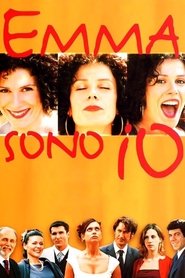 Francesco Falaschis comedy I Am Emma...
Francesco Falaschis comedy I Am Emma...Emma sono io 2002
Francesco Falaschi's comedy I Am Emma stars Cecilia Dazzi as a woman who suffers from an unusual disorder. Emma is a town councilwoman whose husband (Marco Giallini) has taken a mistress because he dislikes her repressed behavior. Her demeanor changes radically when the town pharmacist runs out of Emma's daily dose of depressants. Emma has a disorder in which she is naturally outgoing and upbeat. Her marriage gets rocky as she expresses her true self. The town responds poorly to a woman being so brazen, but Emma's best friend (Elda Alvigini) is inspired by Emma to make a major life change.
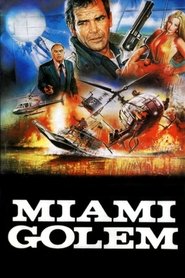 A Miami TV reporter is sent...
A Miami TV reporter is sent...Miami Golem 1985
A Miami TV reporter is sent to a local university to do a story on a professor who is cloning a cell from DNA found inside a meteorite. Soon after the reporter leaves, a gunman kills everyone in the professor's lab and steals the cell for a wealthy businessman. When the reporter learns that he is targeted for assassination as well, he enlists the help of two scientists to discover who is behind the crimes, why they stole the cell, and whether or not the cell should be allowed to continue living.
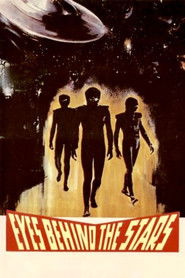 A photographer and his model are...
A photographer and his model are...Eyes Behind the Stars 1978
A photographer and his model are on a photo shoot in a forest when they get the feeling they are being watched. The feeling becomes so strong that they decide to cut their session short and leave. Later, when they develop the photos they took, they discover what looks like alien creatures in the background.
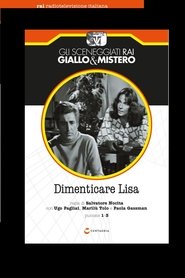 Peter Goodrich an English antique dealer...
Peter Goodrich an English antique dealer...Dimenticare Lisa 1976
Peter Goodrich, an English antique dealer visiting Naples for a pleasure trip, meets the beautiful Lisa Carter by chance and begins seeing her until the woman disappears.
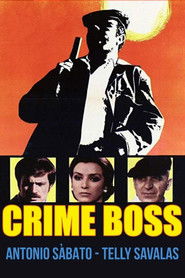 Hit man Antonio Mancuso travels to...
Hit man Antonio Mancuso travels to...Crime Boss 1972
Hit man Antonio Mancuso travels to Italy to make the big time. He meets and befriends Mafia boss Don Vincenzo. Mancurso becomes part of the organization and the more he gets to know Vincenzo the more he wants his job but Mancurso will learn that success can come at a severe cost.
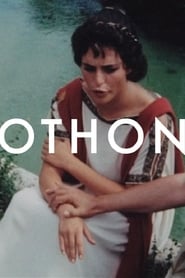 StraubHuillets first color film adapts a...
StraubHuillets first color film adapts a...Othon 1971
Straub-Huillet’s first color film, adapts a lesser-known Corneille tragedy from 1664, which in turn was based on an episode of imperial court intrigue chronicled in Tacitus’s Histories. The costuming is classical, and the toga-clad, nonprofessional cast performs the drama’s original French text amid the ruins of Rome’s Palatine Hill while the noise of contemporary urban life hums in the background. Their lines are executed with a terrific flatness and frequently through heavy accents; the language in Othon becomes not merely an expression but a thing itself, an element whose plainness here alerts us to qualities of the work that might otherwise be subordinated.
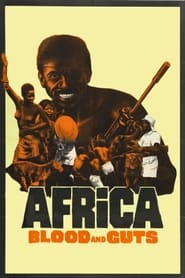 A chronicle of the violence that...
A chronicle of the violence that...Africa Addio 1966
A chronicle of the violence that occurred in much of the African continent throughout the 1960s. As many African countries were transitioning from colonial rule to other forms of government, violent political upheavals were frequent. Revolutions in Zanzibar and Kenya in which thousands were killed are shown, the violence not only political; there is also extensive footage of hunters and poachers slaughtering different types of wild animals.
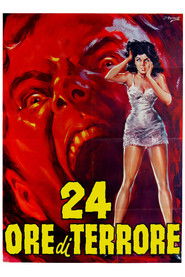 The mysterious Tronche is being escorted...
The mysterious Tronche is being escorted...24 Hours of Terror 1964
The mysterious Tronche is being escorted to a castle in France. However, during a stop at a motel, he is attacked by Don Lewis who adopts his identity. The castle is the secret hideout of drug-pushing gang. Two of the crooks are killed by an unidentified assailant. While the false Tronche, Jean (head of the gang) and Pierre search the place for the murderer, Jean's lover is killed too. The four survivors are trapped because they are in hiding from the police...

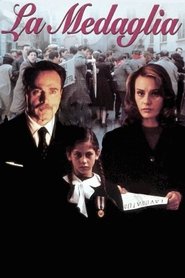 Turin 1953 Lidia is a war widow...
Turin 1953 Lidia is a war widow...
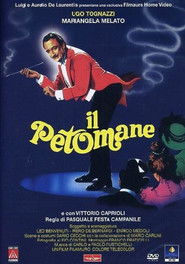 The real story of a French...
The real story of a French... Verso lora zero is an Italian...
Verso lora zero is an Italian...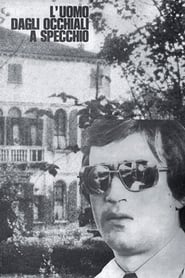 Italian crime mystery TV movie
Italian crime mystery TV movie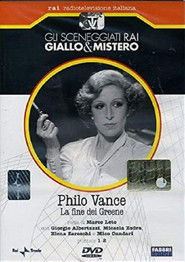
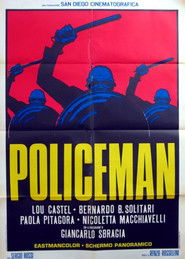 In order not to go hungry...
In order not to go hungry...